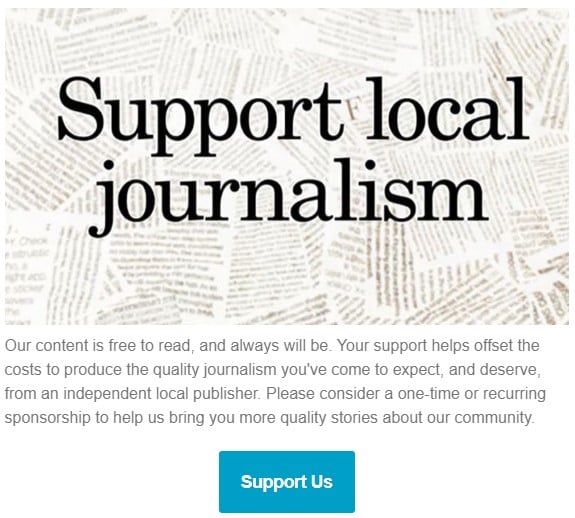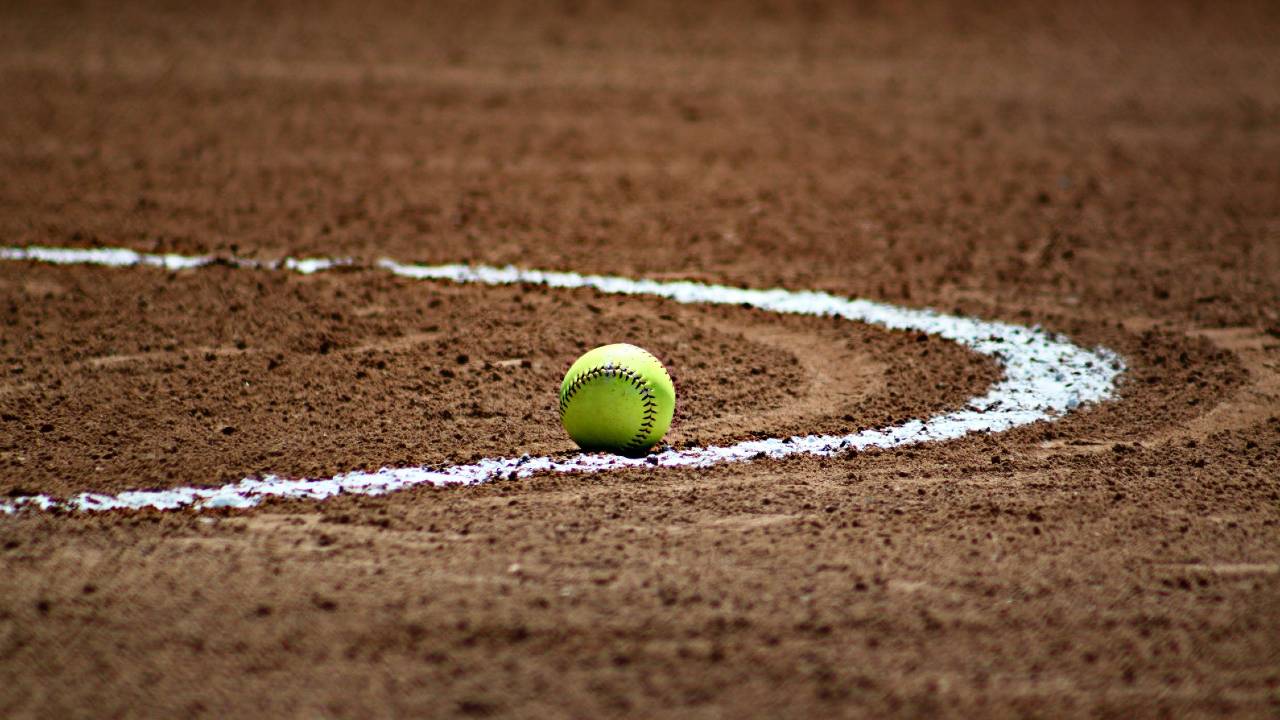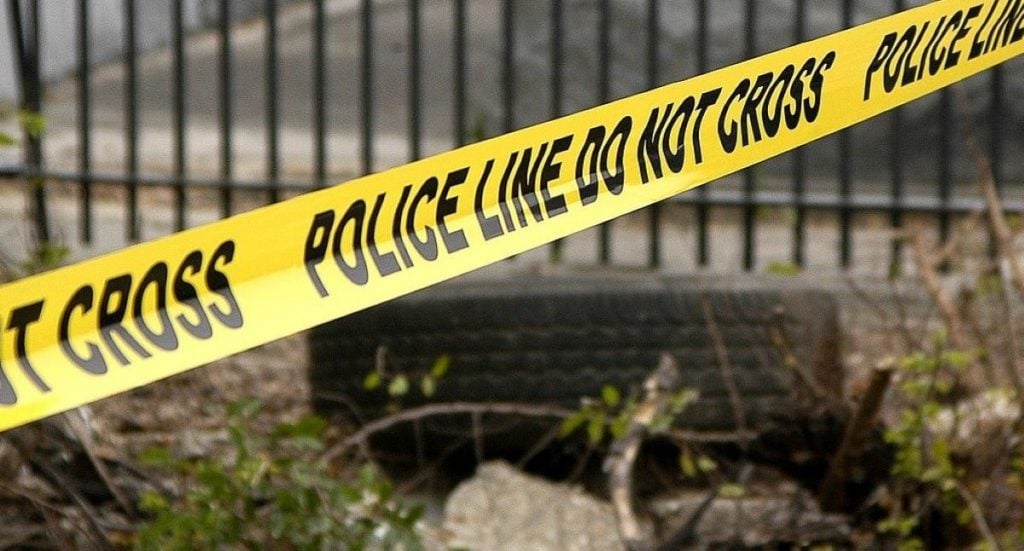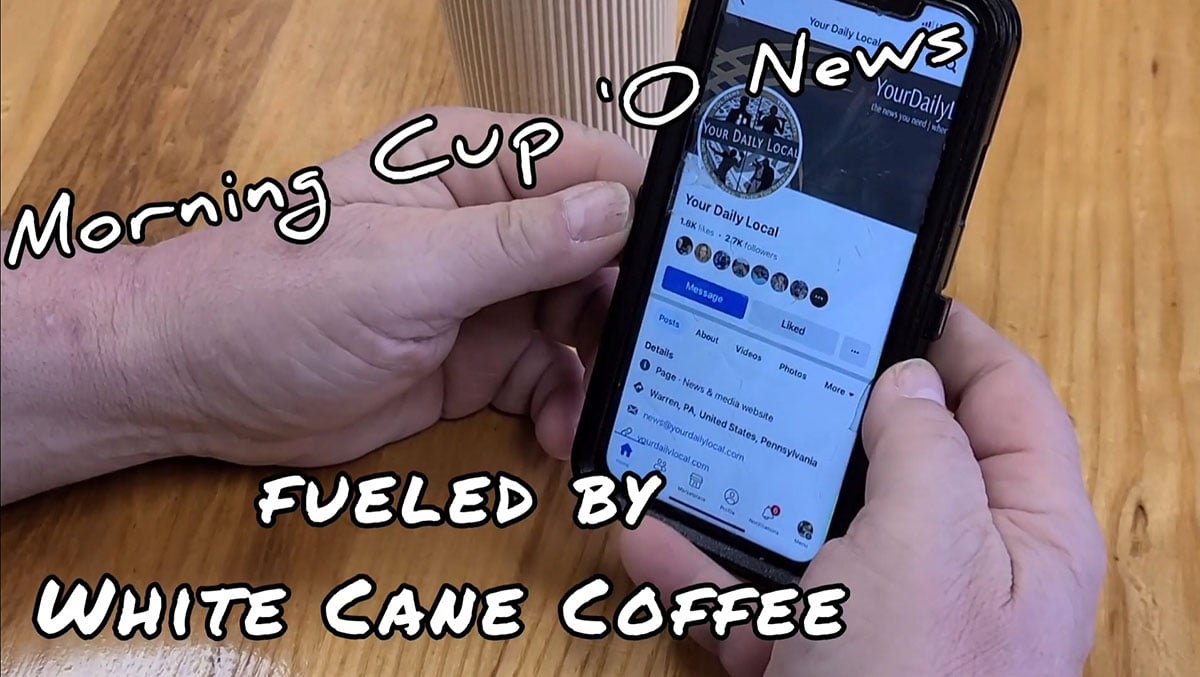Climate problems may seem overwhelming, but people all around this great nation are taking action. This week’s column looks at CALIFORNIA and the question is: How will a new state law about food waste help with climate change?
No doubt about it: Americans waste a lot of food. The US Department of Agriculture (USDA) estimates that 30-40% of the US food supply is wasted, either before it gets to market or after people bring it home.
Anything in landfills that was once living/growing is referred to as organic waste. Besides food, these biodegradables include lumber, landscape waste, paper, and cardboard. As this waste decomposes, deep in the landfill and without oxygen, it emits methane. Some modern landfills can capture and use this natural biogas as an energy source; the rest escapes to Earth’s atmosphere, where it is 72-84 times more potent than carbon dioxide as a heat-trapping greenhouse gas (GHG).
Food waste is a particularly unsustainable practice on many counts. Agriculture has a large carbon footprint – it requires huge resources and energy to grow our food supply. Yet food insecurity is a problem for 54 million Americans (16% of our total population), stemming from the inequities of poverty, supply chain issues, and food deserts. In food businesses and households, food waste results from buying more food than you can use. These are chronic problems in America. In the US, food is not treated as the precious resource it is, and perfectly good food gets thrown out simply because there is no system in place to redistribute it.
California is our most populous state, third largest in size behind Alaska and Texas. It is #1 in electric vehicle use and is the nation’s top producer of electricity from solar, geothermal, and biomass energy. The state has one of the lowest per capita energy consumption rates due to its mild climate and widespread energy efficiency programs. Despite advanced environmental policies, California cannot ward off the forest fires and water shortages that have accompanied nearly two decades of drought. When rains do come, mudslides are a major problem.
In California’s quest to reduce its contribution to climate change, a state assessment of methane sources revealed that 20% came from its landfills. In 2016 State Senate Bill 1383 was passed and called for reducing organic waste in landfills and established methane reduction targets. Accordingly, California has been ramping up its waste management infrastructure capacity and focusing on educating the public about food waste. The law has two specific goals: reduce the amount of organic waste going to landfills (75% reduction by 2025) and rescue at least 20% of the edible food that currently ends up in landfills, by 2025, redirecting it to the needy.
There are many podcasts about the logistics of recycling but the angle I explore this week is how to divert edible food from landfills. A worthy model is put forward by Jasmine Crowe, the woman who founded Goodr, a service started in Georgia to hook up food resources with people in need. Their website is goodr.co (“.co” is the domain name for company, different from .com); their growing operations are in multiple states. For quick inspiration, find her TEDWomen 2019 (video) talk linked here. Alternately, listen to the following audio program, for more in-depth coverage. I would highly recommend this interview to anyone who works at charitable programs such as food pantries and food drives:
Podcast: My Climate Journey (July 29, 2021)
Episode – Start Up Series: Goodr [42 mins]
I am reminded of the old adage from my childhood, “Waste not, want not.” Reducing food waste in landfills is the type of climate action we can ALL work on. If you want to reduce food waste in your own home or business, go to savethefood.com for helpful tips, for every situation.
Let me know if you have a podcast to recommend, or have a comment about my column or have trouble finding a particular podcast I’ve mentioned. Happy listening!
[email protected]
Note: This column, part of a series looking at examples of positive climate action, state-by-state, first appeared in the Forest Press 06-01-2022. If you are interested in this state’s topic, check online for updated news, as a lot may have changed in a year.






























